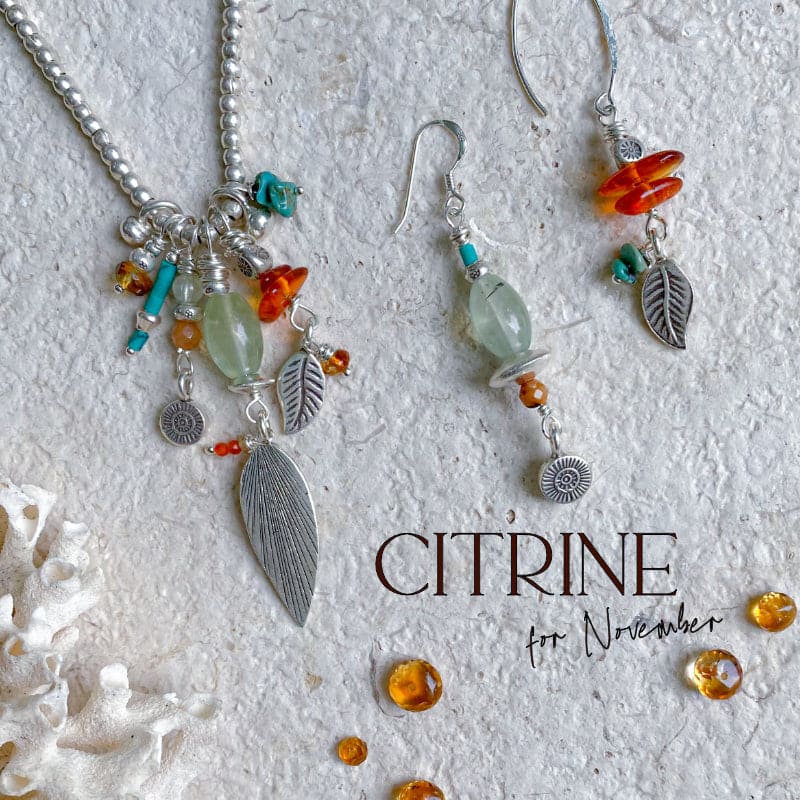.
.
.
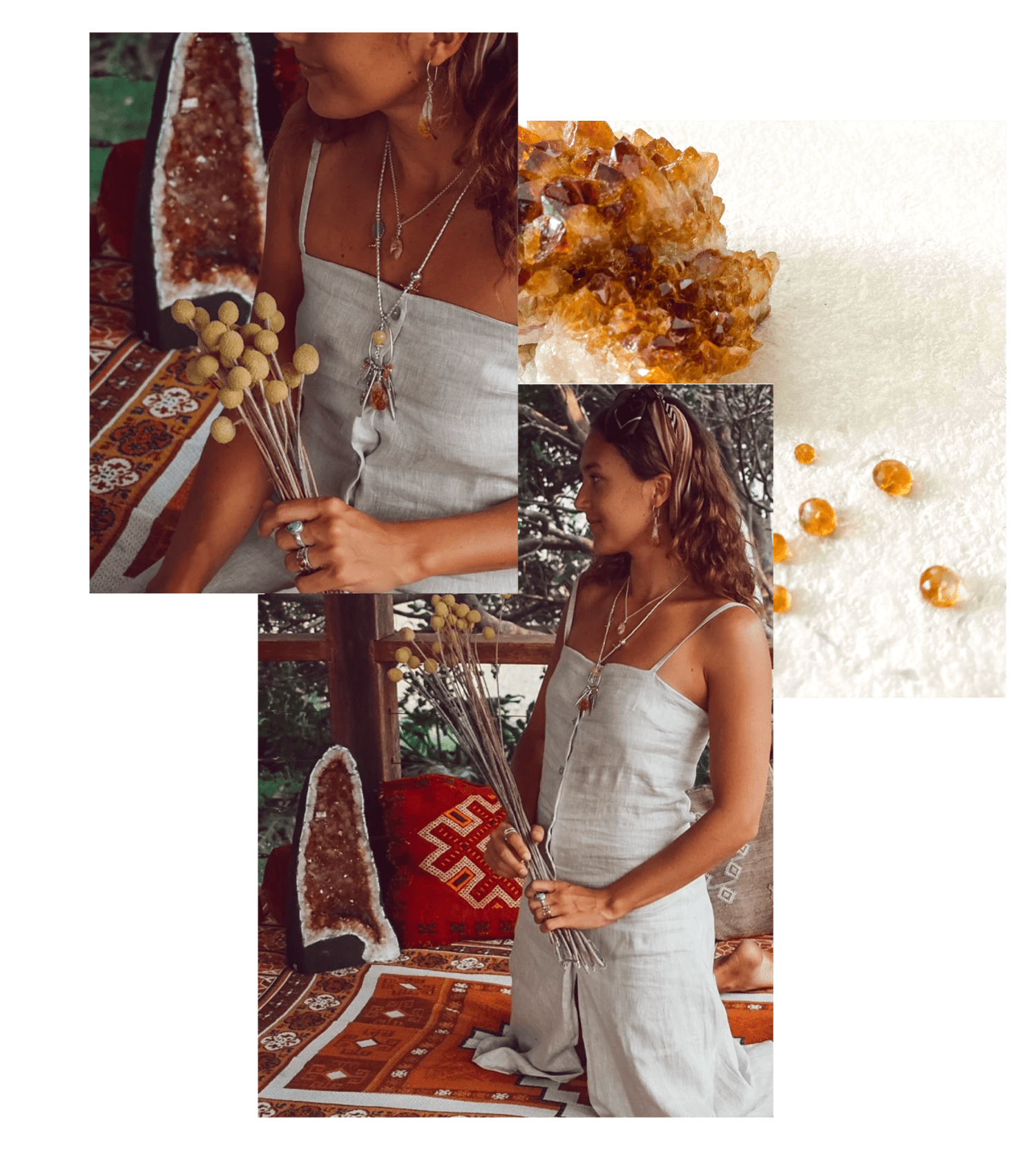
Citrine belongs to the quartz family and is characterised by a pleasant yellowish colouring. It can occur in nature but also can be made by heating smoky quartz or amethyst to extreme temperatures to produce similar yellow tones.
However it comes into existence, it has unique qualities and is known as a secondary birthstone for the month of November. Zodiac signs that can benefit from incorporating this stone into their lives include Aries, Gemini, Leo and Libra.
.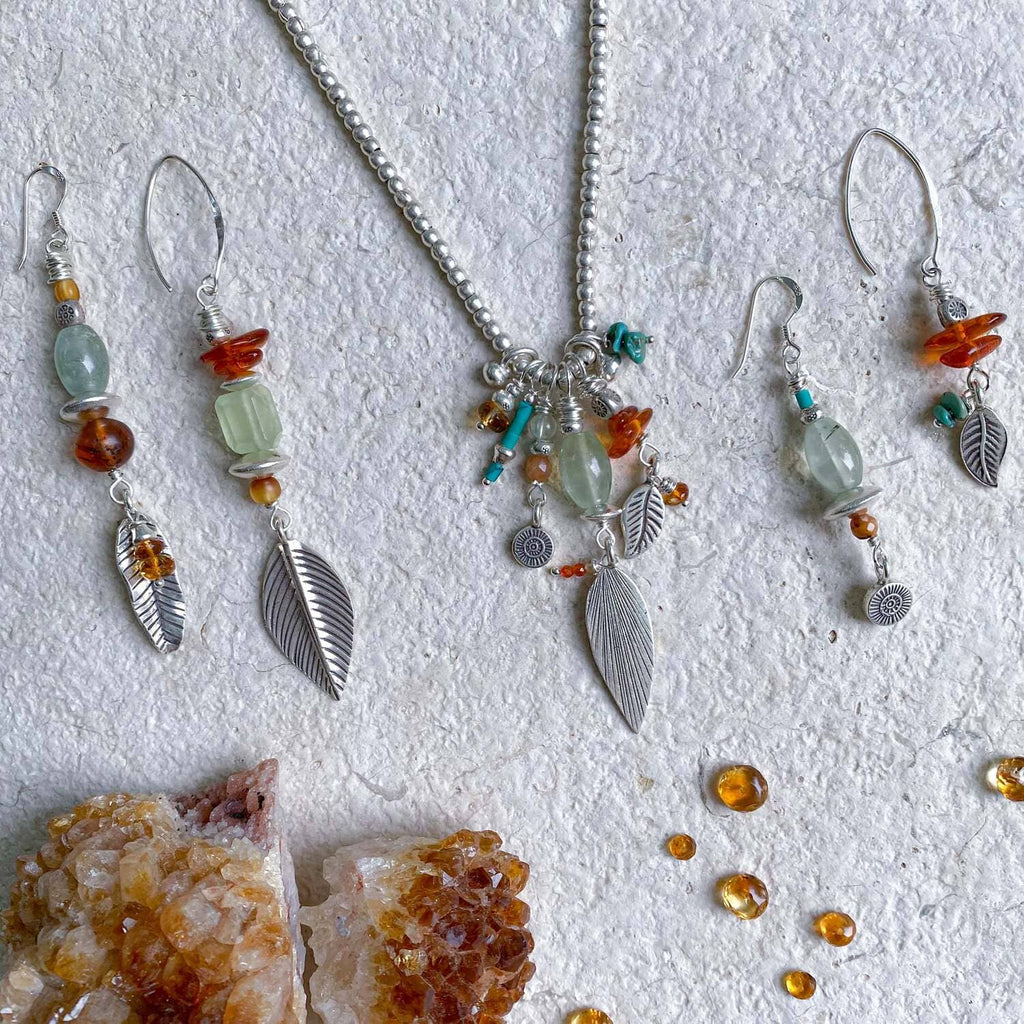 .
.
 .
.
In order to honour this exceptional stone, we have recently added a few new handmade pieces to our catalogue.
.
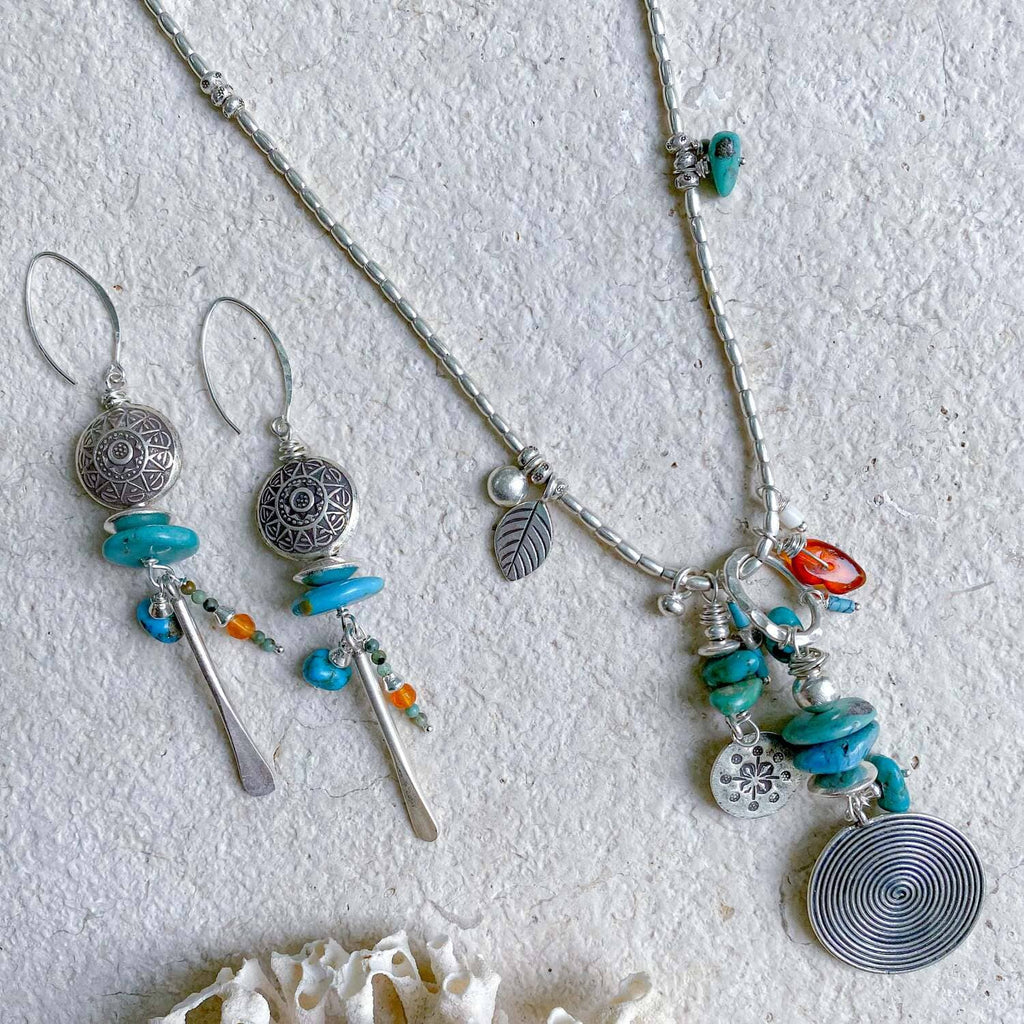
Traditionally known as “The Merchant’s Stone” it has assisted many to not only acquire wealth but to maintain and build upon it as well. It has been sought after for many generations, by many different cultures the world over simply for its delicate and calming hue. The name is derived from the French word “Citron” meaning lemon, another nod to its enchanting colouring.
.
.
 .
...
Time, heat and pressure create these lustrous jewels, and that lengthy process endows each stone with certain immutable qualities. It brings the wearer closer to an expanded sense of the passage of time, illuminating the contrast between geological time and human lifespans. Citrine delivers us creativity, abundance and prosperity and it is said to be endowed with the mystical powers of the Sun, capable of bringing about new visions, dreams and realities. To drive out darkness is in the very core nature of this elemental stone, a harbinger of peace. Citrine does not hold, nor does it accumulate, negative energy and is well known to be one of the only self-cleaning crystals known to humankind. There is a protective quality to citrine, and its warmth inspires and encourages our imaginations, encourages us to manifest our own destinies.
.
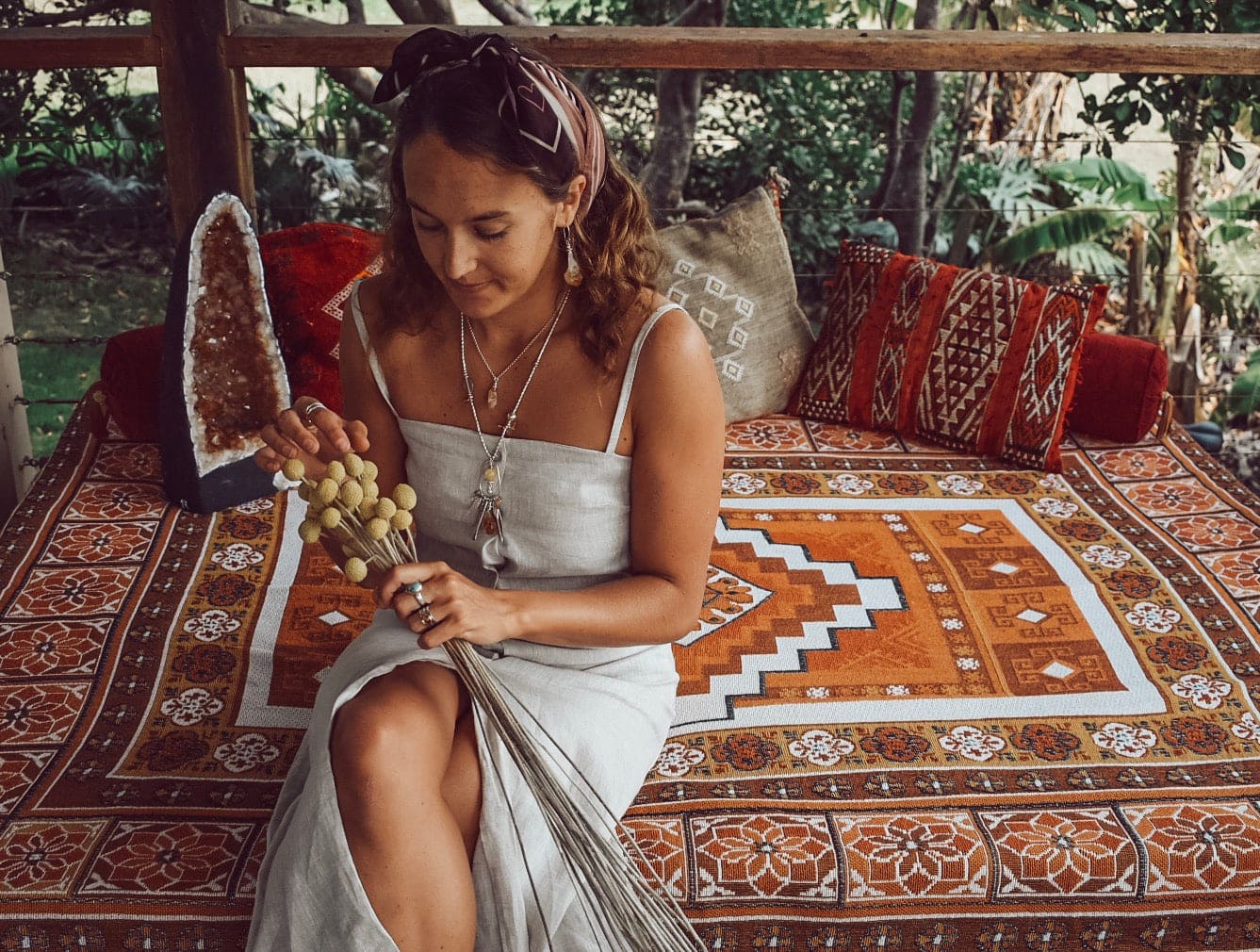
.

Shop our Citrine Jewels
This article has been updated. It was first published on 13 November 2019.

